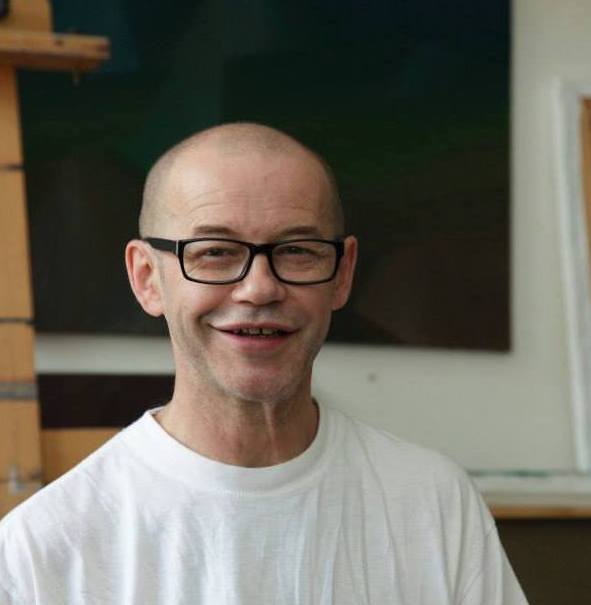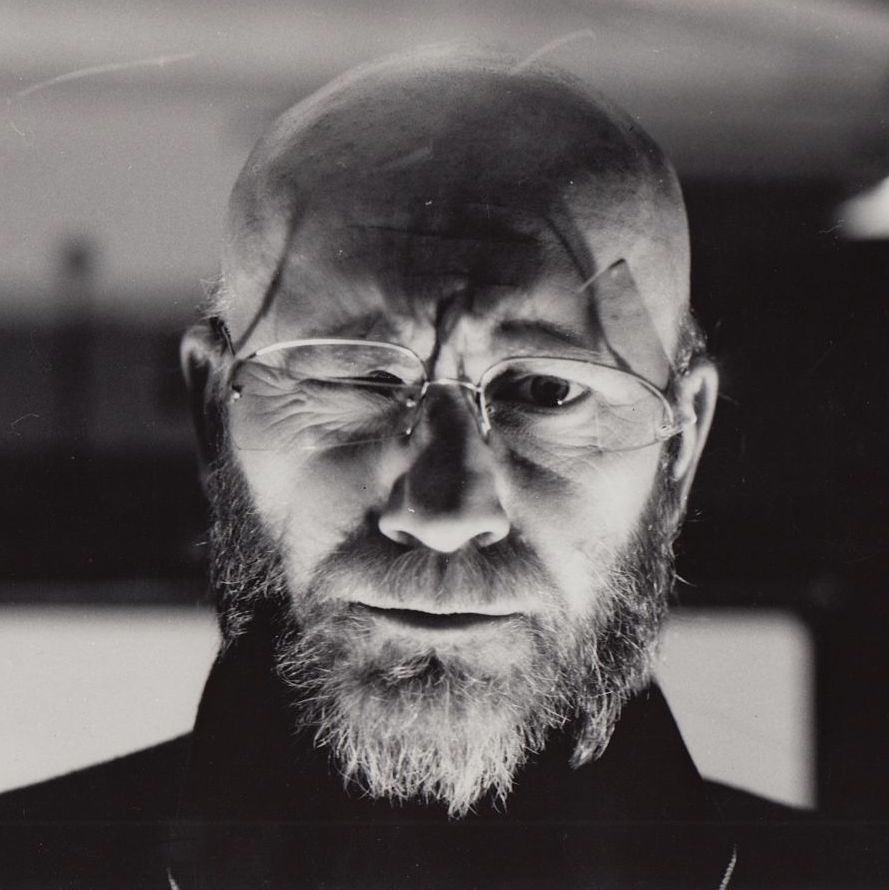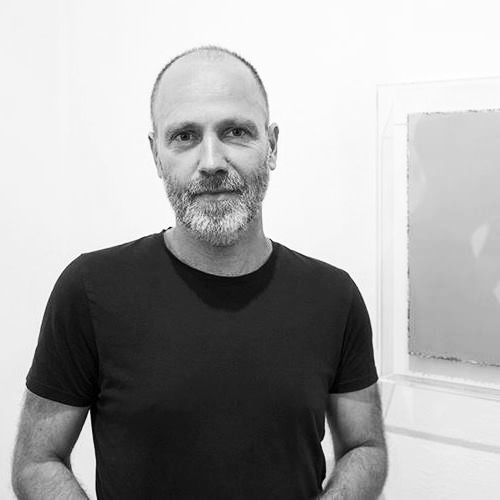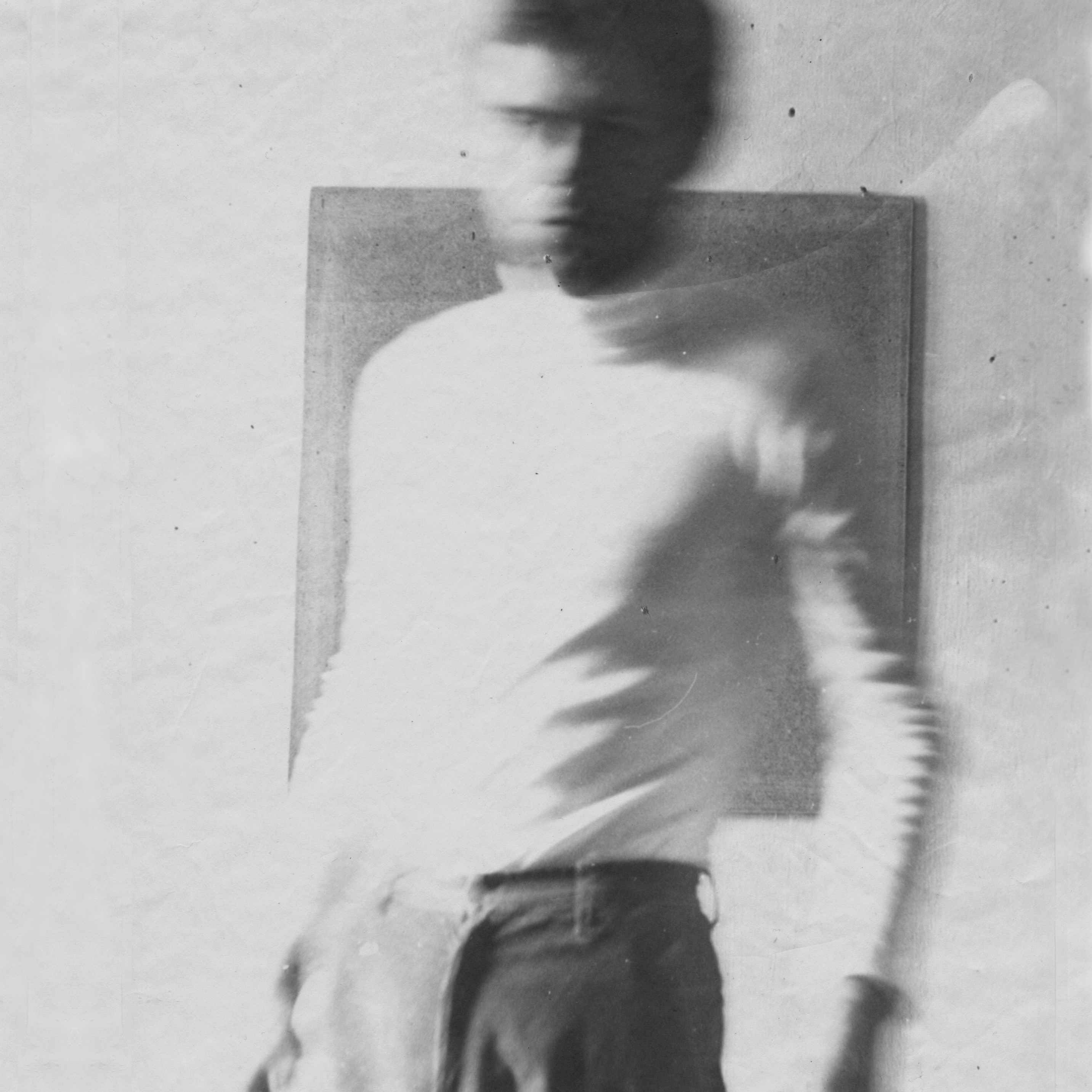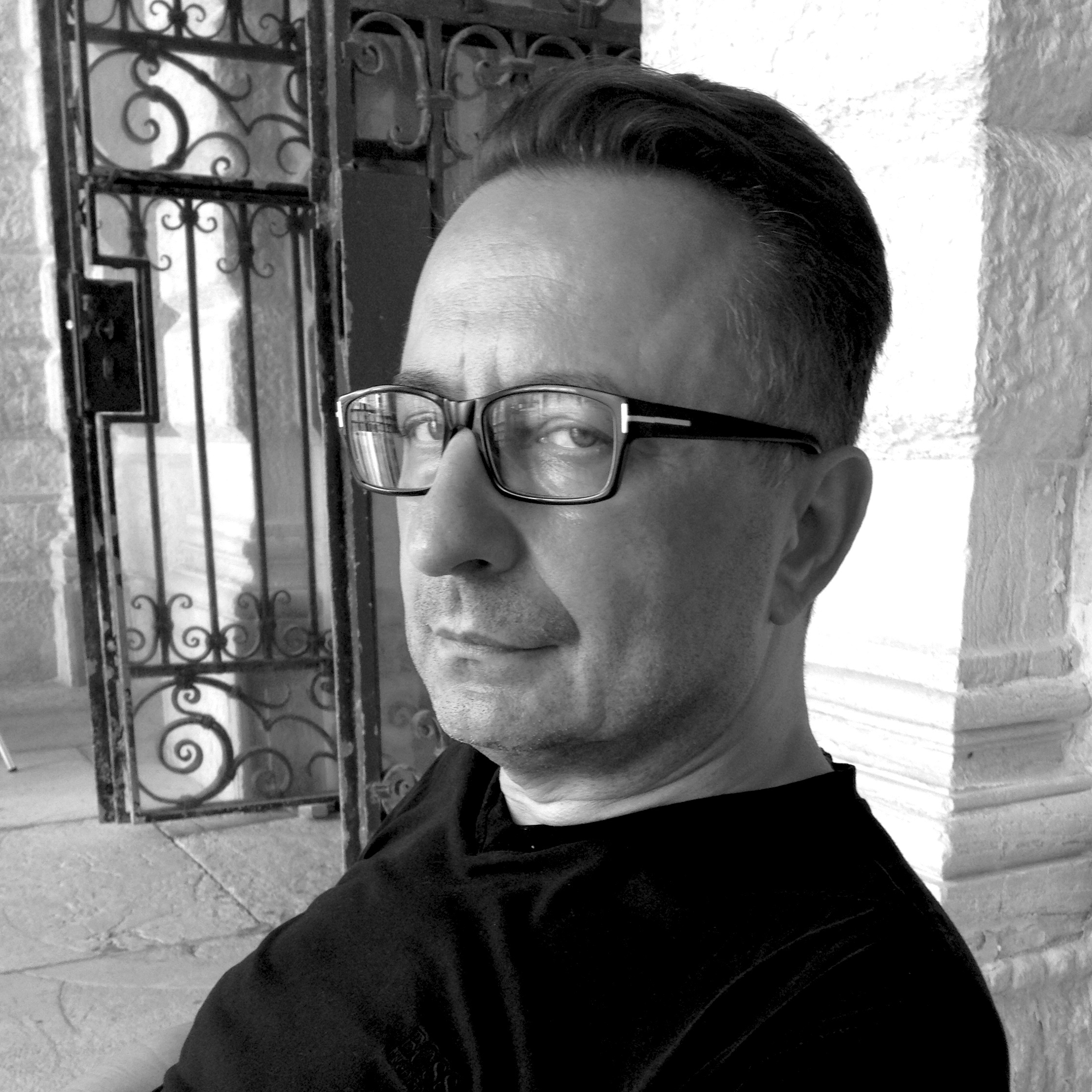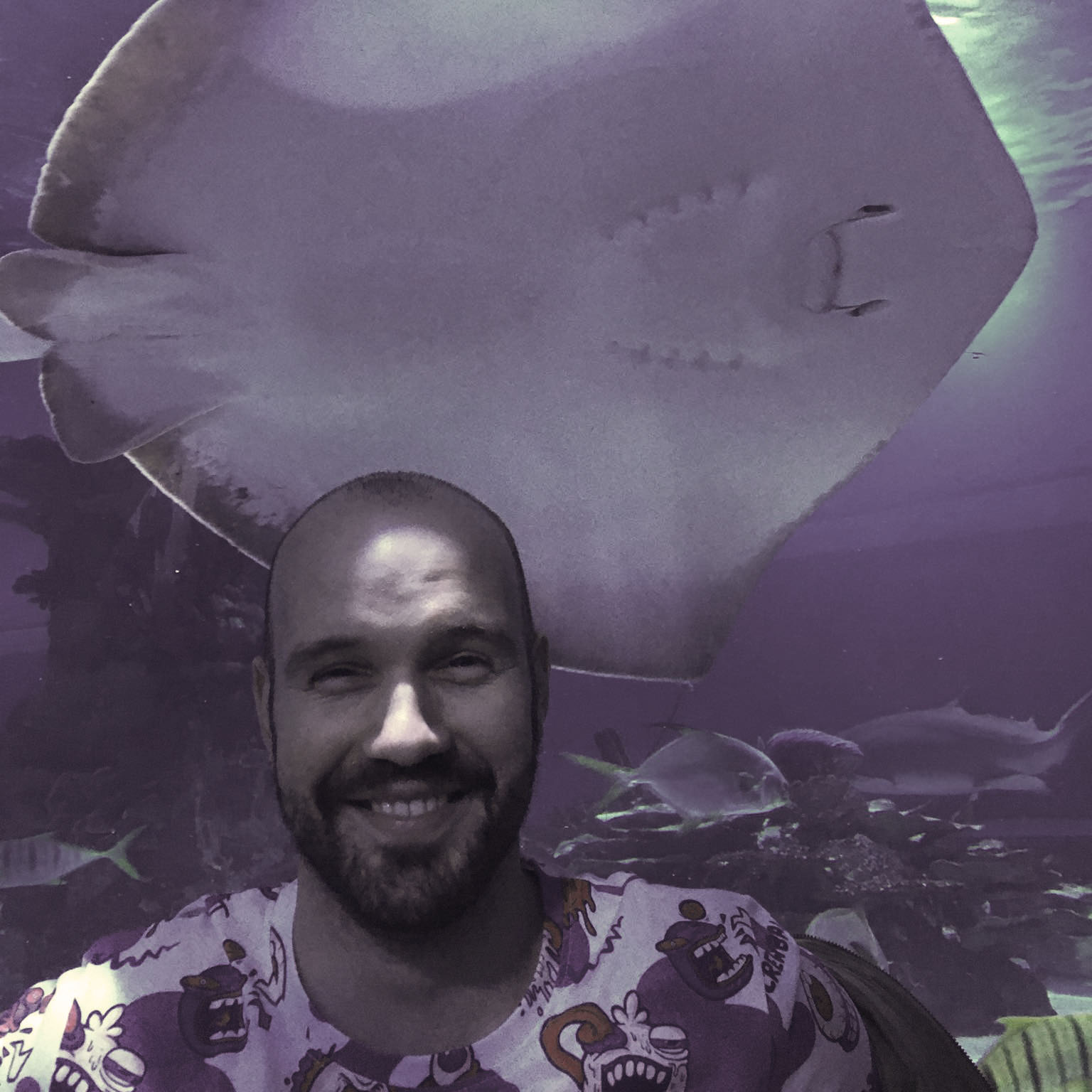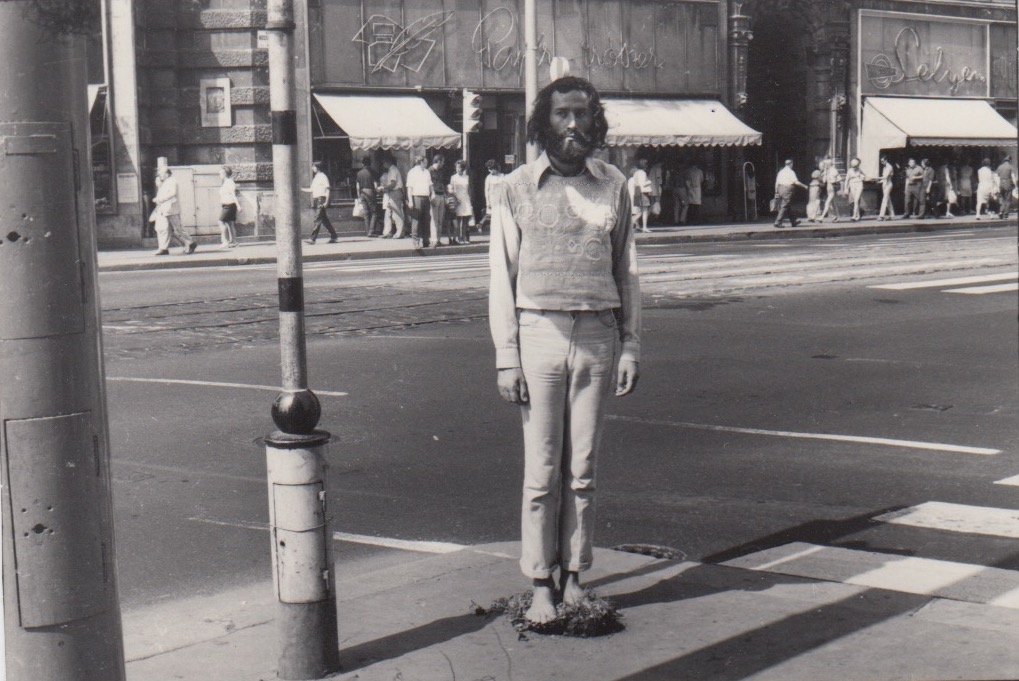


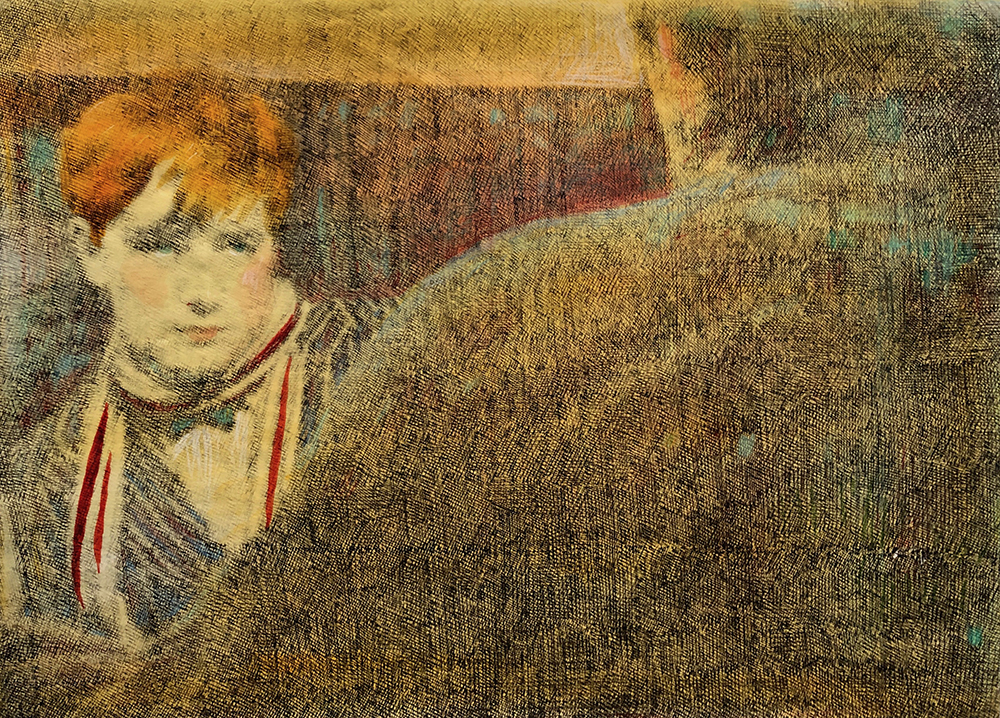



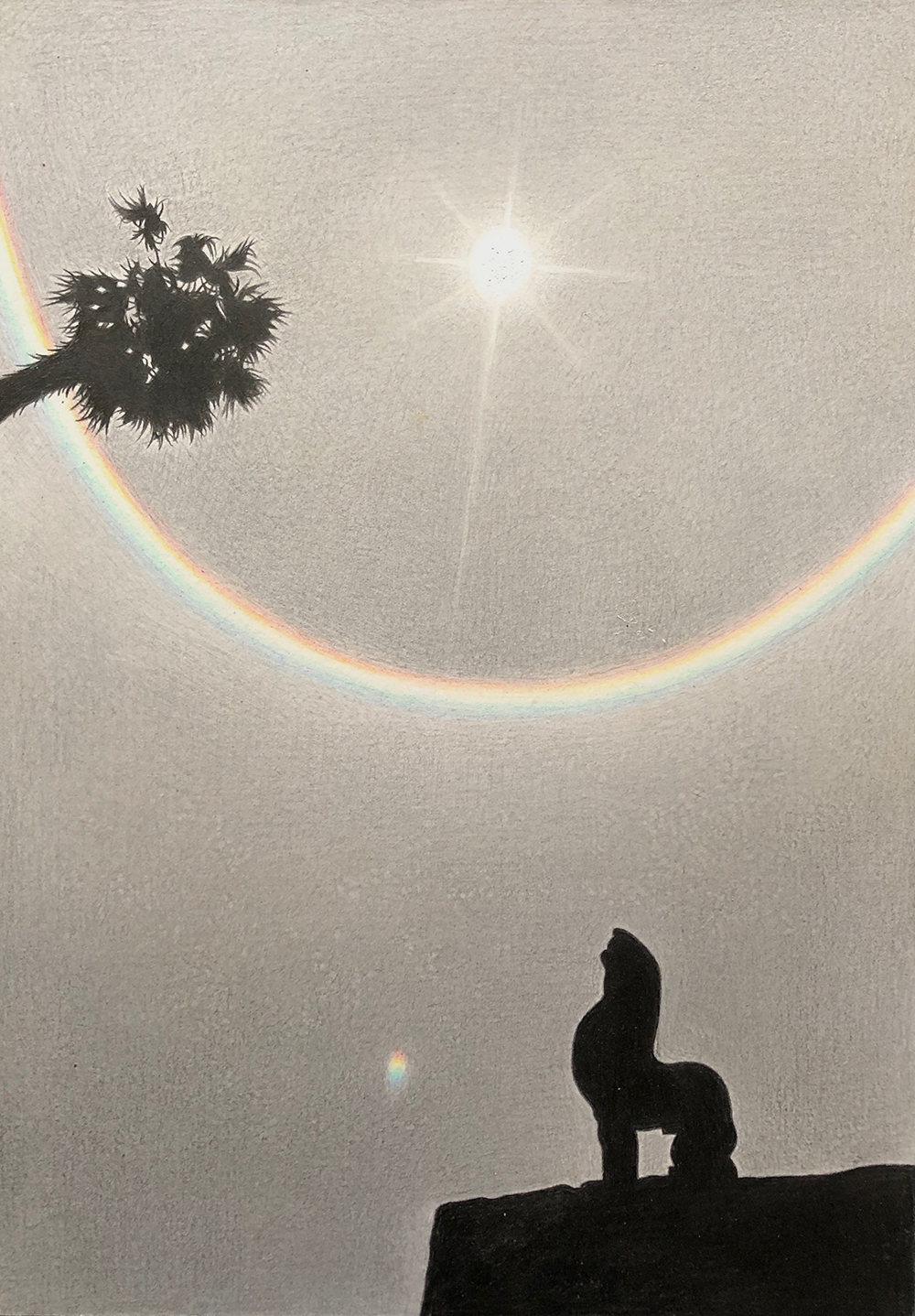
Méhes László
(1944, Budapest)1967-ben végezte el a Magyar Képzőművészeti Főiskola festő szakát Bernáth Aurél tanítványaként. Pályája elején szürrealisztikus, mágikus-realista képeket festett, majd csatlakozott a szürnaturalizmushoz. Később a direkt lenyomatok és az automatizmusokra építő, experimentális felületkezelési technikák kritikusabb valóságábrázolási igénnyel, illetve a pop-artra jellemző fotóhasználattal és montázson alapuló képépítési módszerekkel bővültek (Palánk, 1967). Az 1960-70-es évek fordulóján konceptuális műveket, fotókat, akciókat is készített. Az 1969-es Iparterv-kiállításon Hétköznap (1969) című munkáját állította ki, melyet a magyar fotórealista festészet első megjelenéseként tartanak számon. A fotók hibáit néha eltúlzó, társadalomkritikus munkái közül leghíresebb Langyosvíz-sorozata (1970-1973). Ezt követően új felületkezelési eljárásokat (az ún. „monopol typiá”-t) dolgozott ki: a formáról készített negatívról, majd közvetlenül a tárgyról levett, fotószerű hatást adó lenyomatok ikonikus darabjai a 70-es évek második felében készült drapériás női akt-torzók. A hiperrealista látásmódot sajátos technikai megoldásokkal, radikális képalkotási gyakorlatokkal vonta össze, a transzparencia, a leképezés problémáit tematizálva, sokszor szimbolikus jelentésekkel telítve a képeket (Hommage á Yves Klein 1975, Niké, 1979). 1979-ben Franciaországba emigrált, azóta a fővároshoz közeli Torcyban él, ahol 1992-ben főiskolára felkészítő művészeti iskolát (École des Langages de l’Art Plastique de Torcy) alapított és vezet azóta is. Művészetében központi kérdés a realizmus, a modell és kép, tárgy és lenyomat, jelölt és jelölő viszonyrendszerét vizsgáló konceptuális festészeti gondolkodásmód jellemzi.
(Márkus Eszter)
Graduated from the Hungarian Academy of Fine Arts as a student of Aurél Bernáth in 1967. At the beginning of his career he painted surrealistic, magical-realist images and soon joined the “surnaturalist” movement. As the influence of pop-art but also propelled by a more critical representational standard, his direct imprints and automatic, experimental methods were expanded with additional fragments of photographs and montage-based techniques (Plank, 1967). At the turn of the 1960s and 1970s he also made conceptual works, photographs and actions. At the second “Iparterv” exhibition in 1969 he exhibited the work entitled Weekday (1969), which is considered the first appearance of Hungarian photorealistic painting. Most famous of his similar works that often highlight and exaggerate photographic errors is the Langyosvíz (Lukewarm Water) series (1970-1973). Subsequently he developed new techniques (the so-called "monopol typia"): the photo-effect imprints were taken first from the negatives of the actual form, later directly from the subject. Iconic pieces of these imprints are the ones representing draped nudes. By these specific technical solutions he combined hyperrealistic, mimetic practices with radical methods, thematizing transparency and the possibility of imaging. These works are often filled with symbolic meanings (Hommage á Yves Klein 1975, Niké, 1979). In 1979 he settled in France. In 1992 he established a Fine Arts Private School called École des Languages de l’Art Plastique de Torcy. His art is characterized by a conceptual, metapainterly mentality about the painted image. The main field of his studies is realism, more precisely the basic problems of mimetic painting such as the complex relationship between model and image, object and impression, original and copy, signified and signifier.
(Eszter Márkus)

Neon Galéria
Kedd – Péntek 14h – 18h
Tuesday – Friday 2pm – 6pm
Tuesday – Friday 2pm – 6pm

